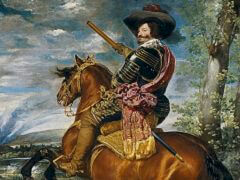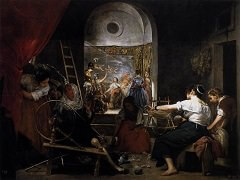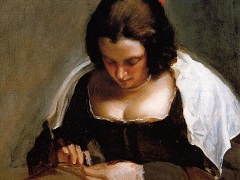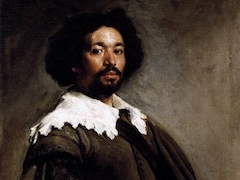View of the Villa Medici in Rome, 1650 by Diego Velázquez
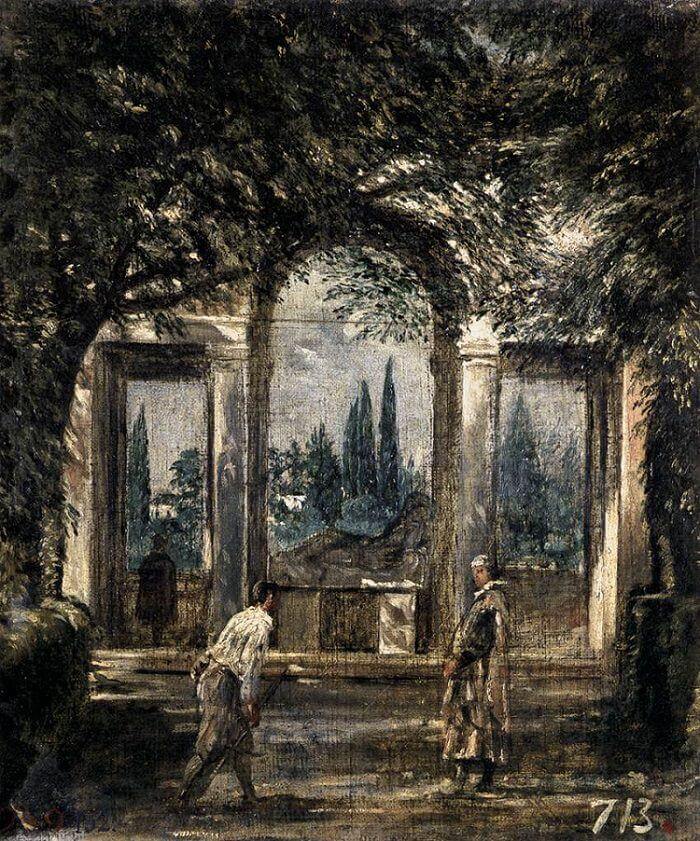
Just as realism of Caravaggio was directed almost exclusively at history and religious themes, and not at portraits, which must essentially aim at mimesis, so Velázquez, although he was an excellent painter of still life and a considerable landscape artist, limited himself strictly to portraits. In both cases the realism is concentrated within a limited range on an exclusively subjective basis. The two small landscapes representing the garden of the Villa Medici in Rome (so accurate that they differ substantially little from the photographs taken of the same views three centuries later) are exceptional in the work of the great Spaniard and were probably painted during his second trip to Italy in 1650, perhaps out of a momentary indulgence in the great success he was enjoying at that time in this genre, and in particular in the Arcadian landscape with ancient ruins. Velázquez was also interested at that time in collecting antiques, and ordered a number of casts and copies, etc. Yet the architecture and sculpture reproduced in these views have more the inconsistency of memory than the detail of direct vision. Yet we are concerned with authentic diary leaves. Further, nobody would recognize the Roman light, which here has become even greyer and dustier than in the famous and dazzling view of Saragozza, painted in 1647. Velázquez has a sad, shadowed conception of Nature.
The view reproduced here is also famous for having remained, in spite of its tiny size (44 X 38 cm) in the sketch stage with light coats and slight antitheses of mostly cold strokes. This little canvas teaches us that the chromatic effect, at times extremely warm and harmonized, of Velázquez' other works is the result of progressive construction, not instinctive flair. Here the interruption of the creative process was due presumably to the fact that the picture was painted before a naturalistic illusion was arrived at. Velázquez, for once, renounced this, considering it unessential.






